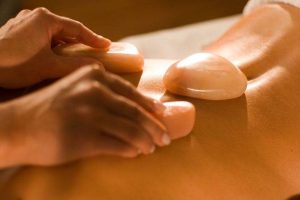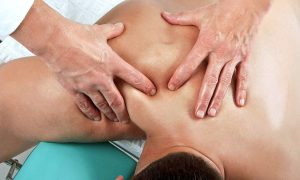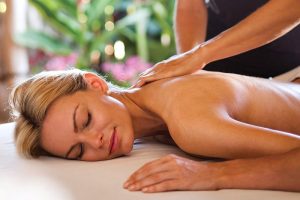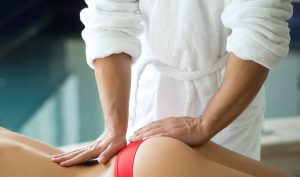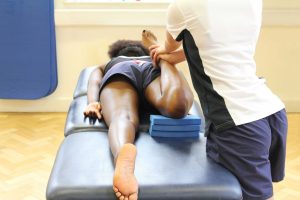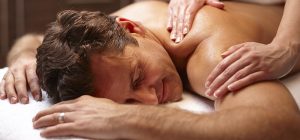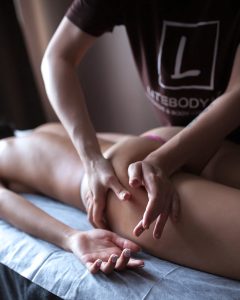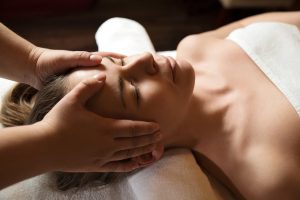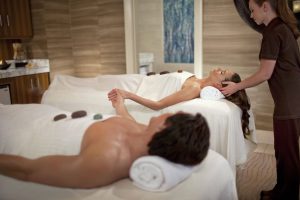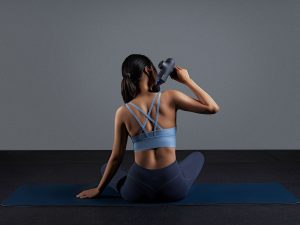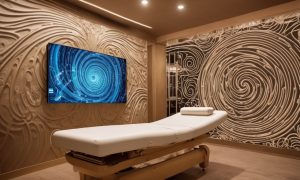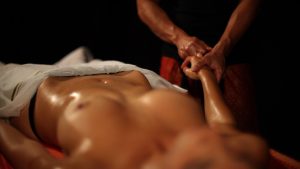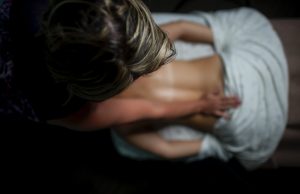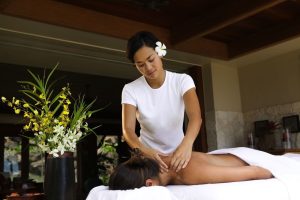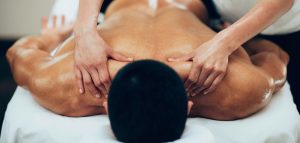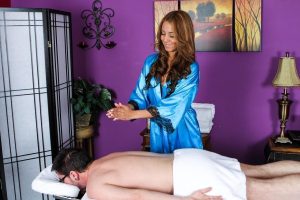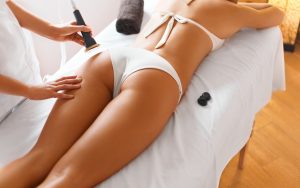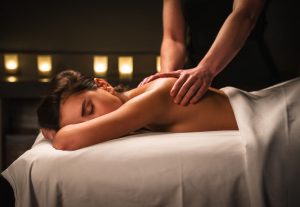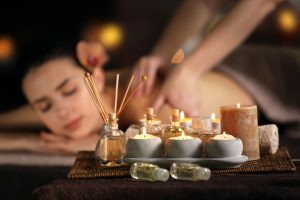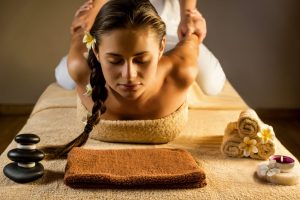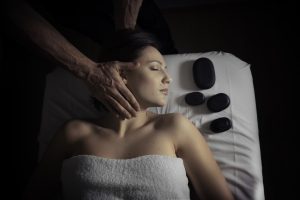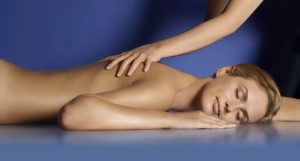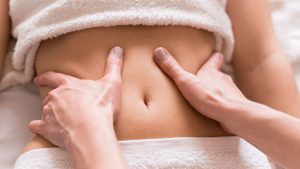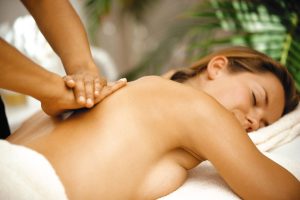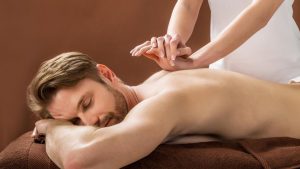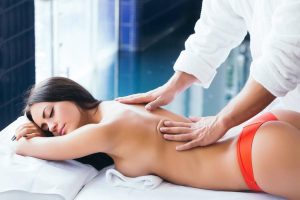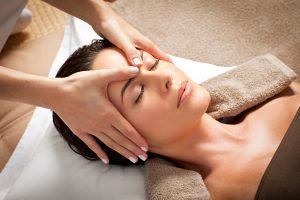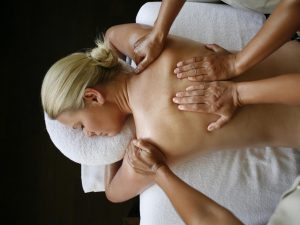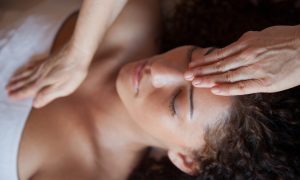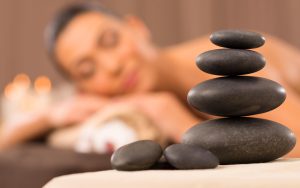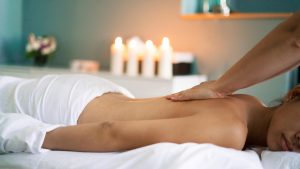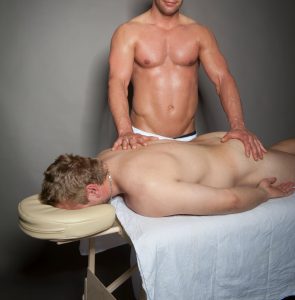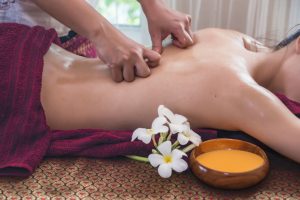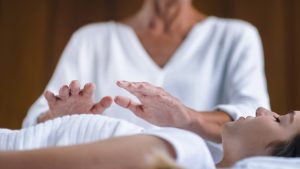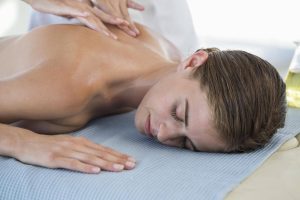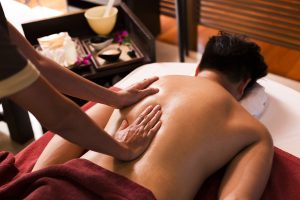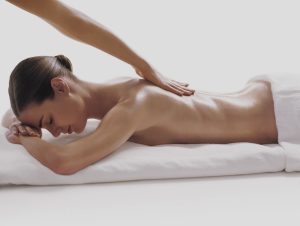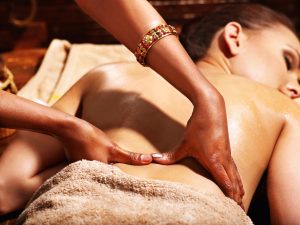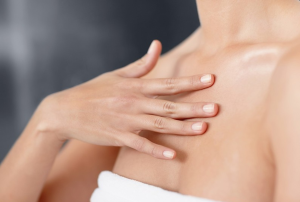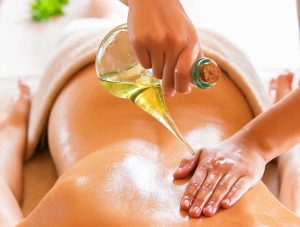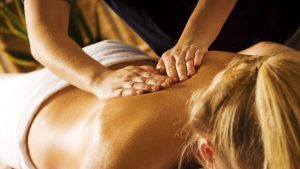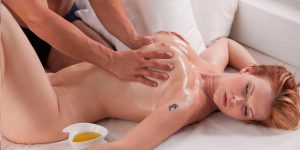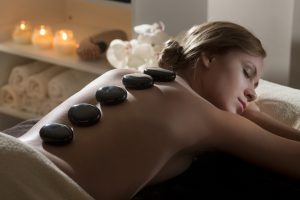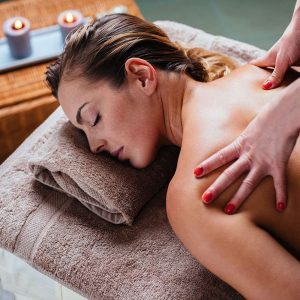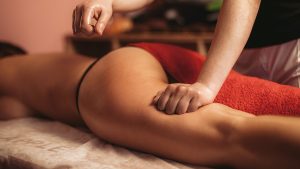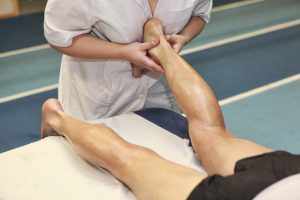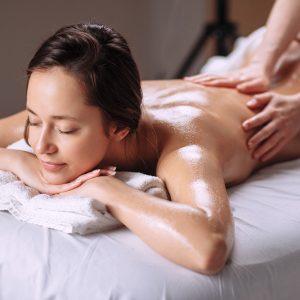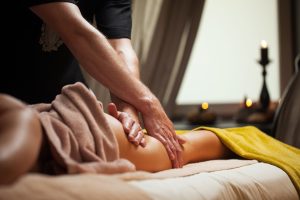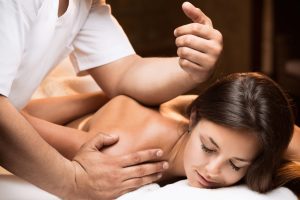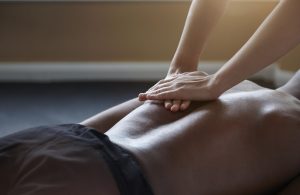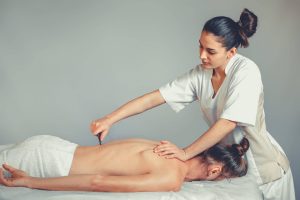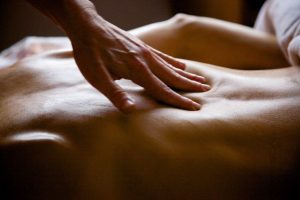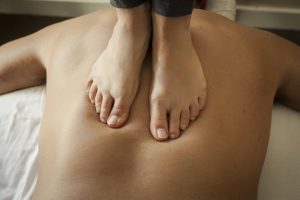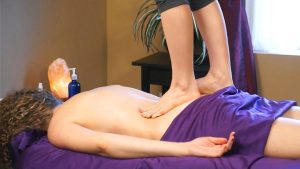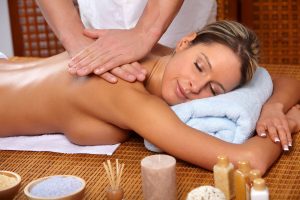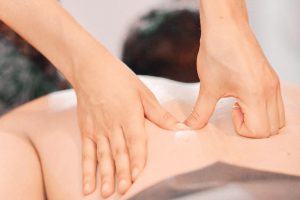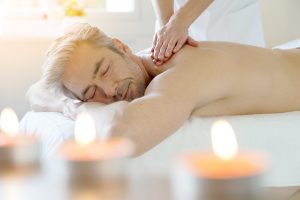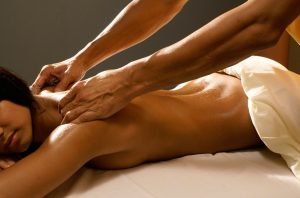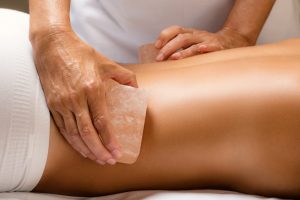Massage not only provides a pleasant impact on the body but is also an effective method for maintaining health and improving overall well-being. This procedure can relieve tension, enhance blood circulation, and induce a sense of relaxation. However, like in any endeavor, it is crucial to adhere to specific rules to ensure that the massage brings maximum benefits.
In this article, we will explore essential aspects of massage, focusing on what should be avoided during its execution. We will examine the mistakes that can adversely affect the procedure’s effectiveness and even harm one’s health. By understanding this information, you will approach massage consciously, making it not only enjoyable but also safe for your body and soul.
Basic Principles of Massage
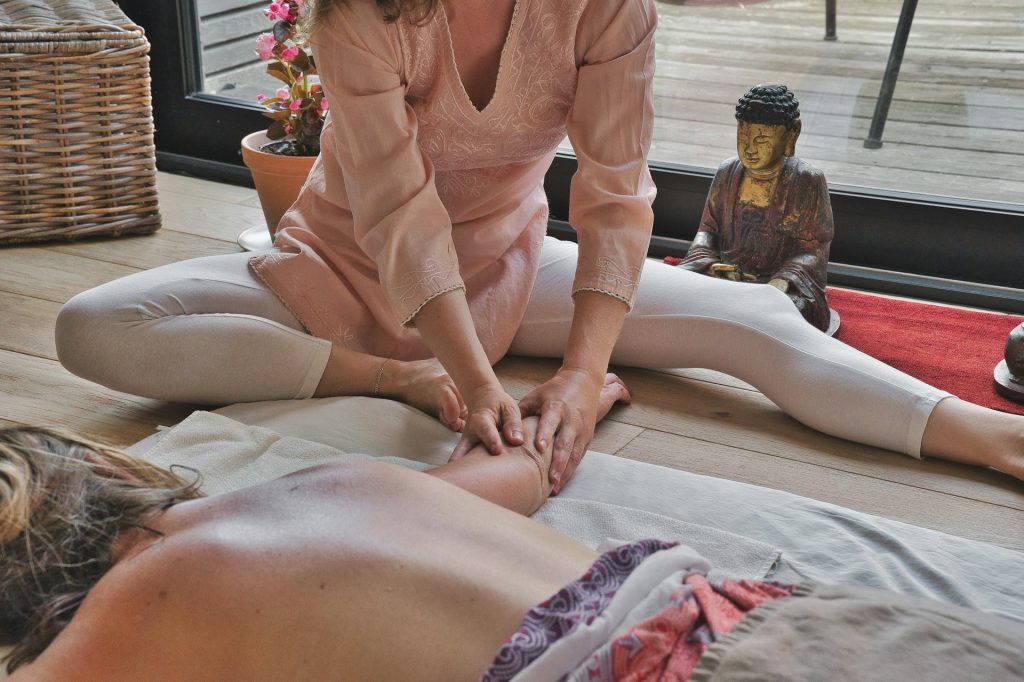

Here are the fundamental principles that it’s essential to comprehend:
Types of Massage and Their Objectives:
- Classic Massage: Focuses on relaxation and improvement of blood circulation.
- Therapeutic Massage: Targets specific problematic areas for therapeutic effects.
- Sports Massage: Aims at maintaining muscle tone and aiding recovery after workouts.
Primary Movements and Techniques:
- Effleurage Strokes: Light and superficial movements used for warming up.
- Deep Frictions: Powerful and deep techniques employed for working on deep tissues.
- Kneading: Involves working on muscles and joints to enhance their flexibility.
The Role of Relaxation and Energy Balance:
- Relaxation: Involves creating a comfortable environment to achieve maximum relaxation.
- Energetic Balance: Focuses on balancing energy in the body through specific point applications.
What to Avoid During Massage
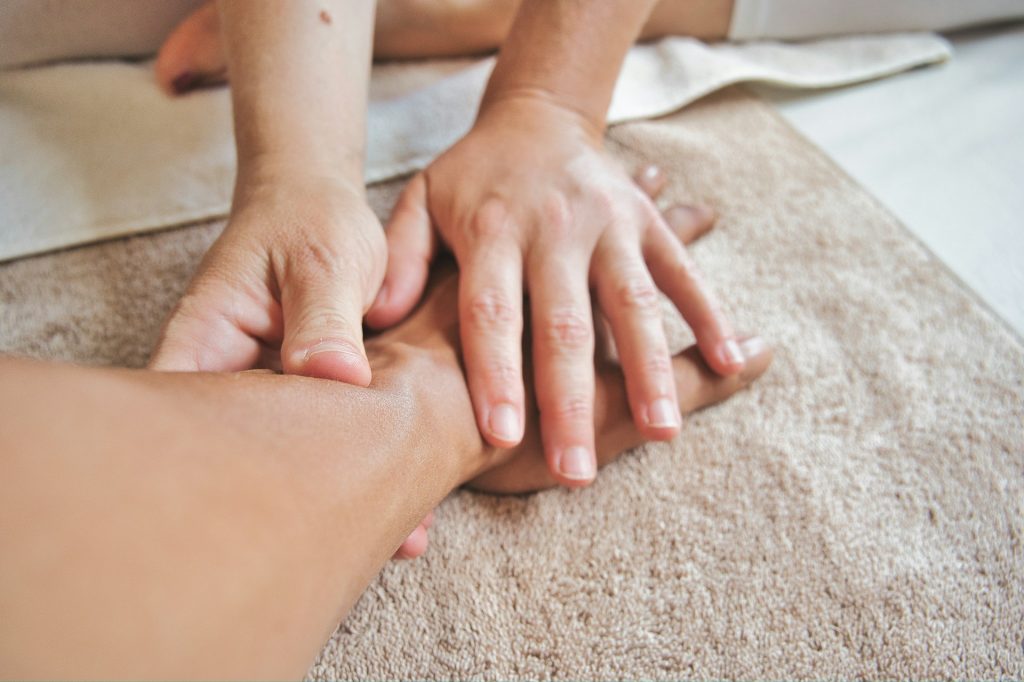

It is important to remember that neglecting certain rules can not only reduce the effectiveness of the procedure but also lead to negative consequences. Here are some things to avoid:
- Undefined Movements: Avoid random, chaotic, and abrupt movements as they can cause discomfort, unwanted tissue damage, and interfere with the massage therapist’s ability to conduct the session.
- Incorrect Pressure: Massage therapists should avoid applying excessive or insufficient pressure. The optimal pressure depends on the type of massage session and the individual preferences of the client.
- Special Cases: Massage therapists take into account specific client characteristics, such as pregnancy, existing health conditions, or surgical interventions. Certain body areas require special attention to ensure a safe and effective massage experience.
Contraindications for Massage
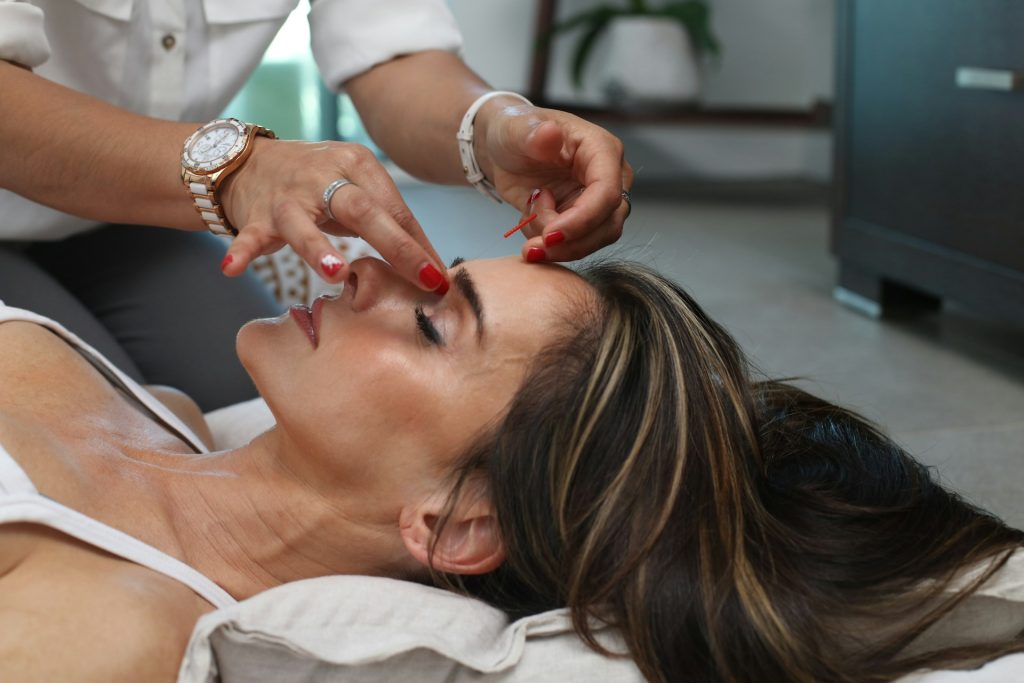

While this relaxing procedure has several positive effects, there are instances when its application is not entirely advisable. Before commencing a session, ensure that the following contraindications are absent:
- Acute Inflammations and Infections: Avoid massage in areas with active inflammatory processes or infections.
- High Body Temperature: In case of fever or elevated body temperature, postpone the massage until recovery.
- Pregnancy in Risky Cases: In certain situations, a massage session is contraindicated during pregnancy, especially when there are risks or complications. Consultation with a physician is recommended in such cases.
- Oncological Diseases: In the presence of oncological diseases, avoid massaging areas with tumors and coordinate the procedure with a specialist.
- Pain and Injuries: Refrain from massaging areas with injuries, bruises, or severe pain without prior consultation with a doctor.
- Cardiovascular Issues: In the case of serious cardiovascular problems, massage may require special attention and coordination with a physician.
Questions and Answers:
What is a massage therapy session like?
A massage session involves a professional massage therapist using various techniques to manipulate the soft tissues of the body for therapeutic purposes. It can promote relaxation, relieve tension, and improve overall well-being.
Is it common to feel uncomfortable during a massage?
It’s important to communicate with your therapist if you feel uncomfortable during a massage. They can adjust the pressure or technique to ensure your comfort and enjoyment.
What should I know about massage etiquette?
Proper massage etiquette includes undressing to your comfort level, communicating your preferences to the therapist, and maintaining respect and professionalism throughout the session.
How can a professional massage enhance my massage experience?
A professional massage ensures that you receive high-quality treatment from a trained therapist, leading to a more effective and enjoyable massage experience.
What should I avoid during a massage session?
During a massage, it’s important to avoid distractions, excessive talking, and any movements that hinder the therapist‘s work. Simply relax and let the therapist do their job.
How can I ensure I receive a good massage treatment?
To receive a good massage treatment, communicate openly with the therapist about your preferences, areas of focus, and any concerns you may have. This will help tailor the massage to your needs.
What signs of acute inflammation should be considered during a massage?
Understanding signs of acute inflammation, such as swelling and redness, helps make the right decision regarding the conduction of the session.
What recommendations are there for preparing for a safe massage?
Client preparation involves discussing medical history, current conditions, and safety concerns.
How important is the professionalism of a massage therapist?
Professionalism includes attention to the client’s medical history and skillful application of techniques, excluding contraindicated methods.
Which types of massage are beneficial for improving sleep in clients?
Relaxing types of massage, such as Swedish massage, can help enhance the quality of sleep.
What is the significance of communication between the massage therapist and the client?
Open dialogue helps take into account the client’s health specifics, preventing potential issues and discomfort during the massage.

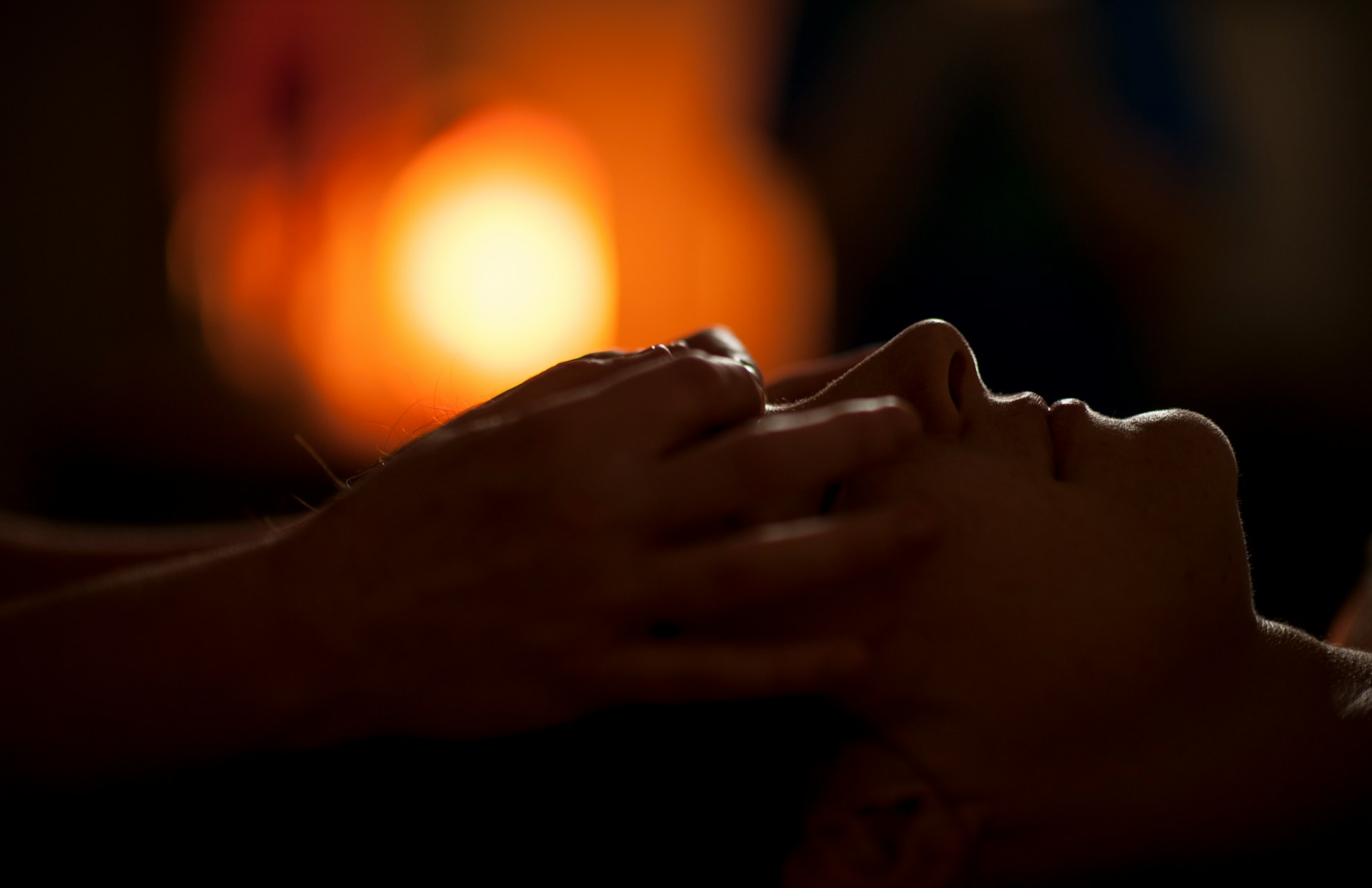










![11 Best Alternatives to Bedpage: Your Ultimate Guide [March 2024]](https://massage.dating/wp-content/uploads/2024/03/Best-Alternatives-to-Bedpage-300x200.jpg)







